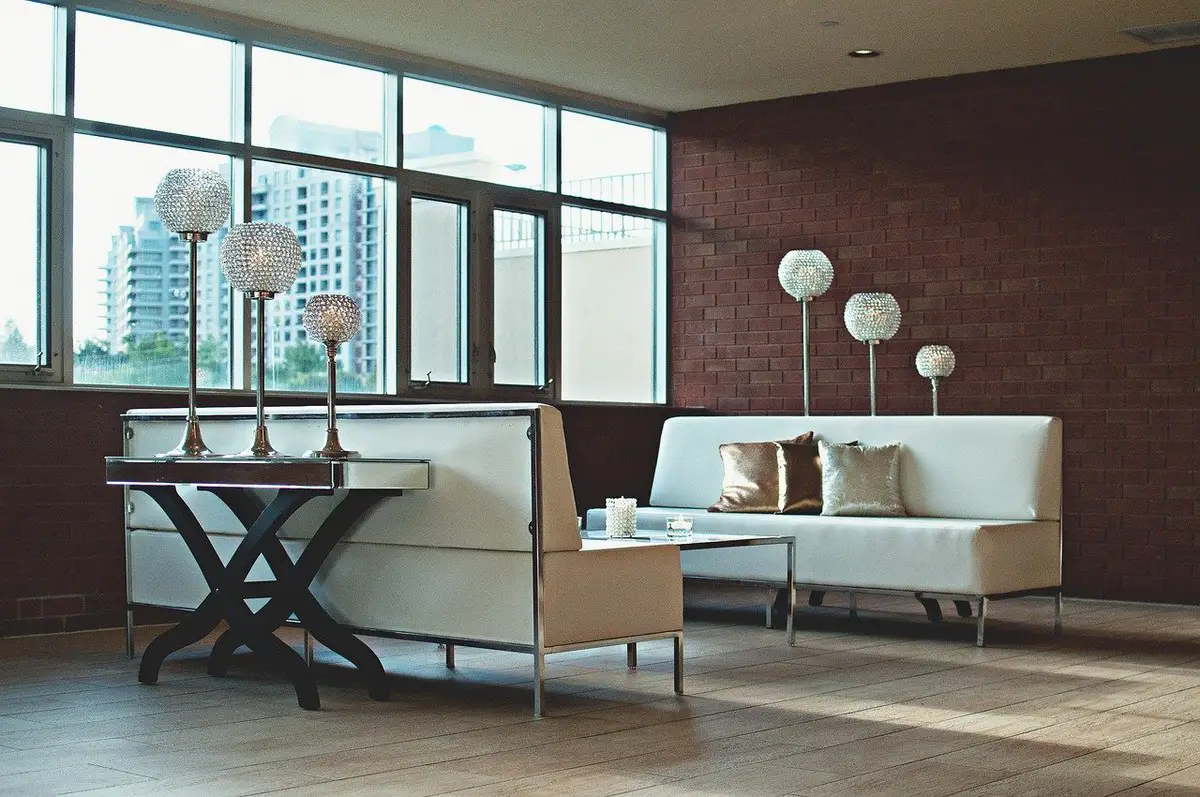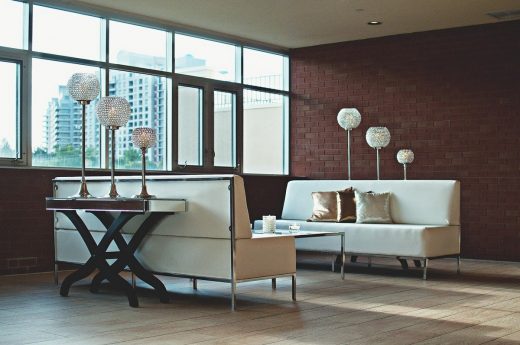National Median Monthly Rent for one-bedroom apartments, Property rental help guide
Rent an Apartment for Less Guide
Affordable Property Lease Tips – Home Research Article
31 Oct 2018
11 ways to rent an apartment for less
Sky-high rents have become a fact of life. In 2017, the national median monthly rent for one-bedroom apartments hit $1,040, per apartment listing site Abodo, while two-bedroom apartments reached $1,252.
But there are few tricks that you can use to find an affordable lease, no matter where-ever you are looking for.
Apartment Rental Help
Identify & Skip the Priciest Neighborhoods
If you’re looking for affordable rent, there’s no need to waste time scouring listings in an area’s most expensive ZIP codes. These neighborhoods are easy to spot — you can usually go off sticker shock and name recognition alone. But if you’re unsure what prices are unreasonable, remember, renting is a game of supply and demand.
If a city offers short commutes to high-paying jobs, safe streets, good schools and easy access to neighborhood amenities or public transportation, everyone’s going to want in and that boom will drive rents through the roof. Research what areas in your desired city have highly inflated prices and move on to the next ZIP code.
Scout the Affordable Areas
Bearing in mind that affordability is relative, almost every city has cheaper pockets. Think neighborhoods that are on the rise or, conversely, out of their heyday. Apartments in these areas often offer the most value. They have adequate infrastructure and walkability, but still cost less than the current trendy hubs. With this, you can also check globepm.ca which offers features and benefits that are highly valued by those looking to rent an apartment or lease commercial space and a very convenient way to inform their needs.
Show up Ready to Rent
In most densely populated metros, good apartments go quickly, so don’t sit on a listing — and go ready to apply. Many lease applications require proof of employment, usually in the form of pay stubs, though some landlords might ask for a letter from your employer.
They also usually ask for references and approval to conduct background and credit checks, so jot down information you won’t know off the top of your head, like contact information for a former landlord, before your viewing.
Also, to good on have on hand: a checkbook. Some landlords charge an application fee. Others are willing to rent immediately, but in exchange for a full security deposit.
Shop around for Renters Insurance
Many landlords require their tenants to have renter’s insurance, particularly when they allow pets and you’ve got one. Why are pets a factor? Good renter’s insurance comes with liability coverage, which pays medical and legal expenses if someone is injured, say, by a dog bite, in your home.
It also covers your personal possessions in the event of loss, damage or theft, which, contrary to popular belief, is not covered by your landlord’s homeowner’s insurance. In short Renters insurance is a good thing to have anyway.
Improve your Credit
Most landlords check an applicant’s credit as part of their lease application. They use it as a barometer of whether you’ll pay the rent as agreed and, if your credit is shot, they might deny your application. As such, bad credit makes it harder to score a primo place. Plus, it can cost you. The landlord might require a higher security deposit or an extra month’s rent before leasing you an apartment.
If you have bad-to-average credit, focus on making improvements ahead of your apartment search. Pay your bills on time, keep debt levels low and limit credit inquiries. Getting to good credit might take time, but you’ll ultimately improve your odds of scoring an affordable apartment or avoiding extra charges.
Look beyond list price
Dig deeper into what’s included with the monthly rent on an apartment listing. Some buildings cover utilities — most notably, heat and water — while others expect you to pay those bills on your own. Many places charge pet fees, but price points vary. Plus, not every building asks for an up-front pet deposit. Some apartments come with access to a free laundry facility, while others might charge to use their machines or forego a laundry room all together.
Most of this information should be included in the listing. If not, ask about these and other common rental charges in person or over the phone before viewing an apartment. Make an apples-to-apples comparison to get the most value out of a lease.
Include home rentals in your search
Single family rental units have also become increasingly prominent in the wake of the Great Recession and, depending on the market, they could come with cheaper rents or provide more value than an apartment unit.
We mention value because there are trade-offs. Single family homes generally come with higher utility bills and require more maintenance on your end, but you also might get more space or skip fees you would pay at an apartment. For instance, a homeowner/landlord isn’t likely to charge their tenant to park in the house’s garage or driveway.
Consider calling a broker
Yes, real estate brokers charge a fee for their services — and, sometimes, that price is high. Industry standard is around 15% of your first year’s rent. But in crowded cities especially, professional help can, well, help. Real estate moves fast and prime apartments don’t always make it online. You could potentially find an unadvertised steal by simply contacting multiple brokers in the area. Read online reviews and check a firm’s status with the Better Business Bureau to find reputable agents to call.
Negotiate
Contrary to popular belief, it is possible to negotiate a better lease. Or, at the very least, there’s nothing wrong with trying. It’s rare to get a landlord to come down on their list price, but they are often amenable to waiving certain fees or striking a clause in the lease that you’re uncomfortable with.
Even in crowded markets, you can strike a deal. A landlord might not lower your monthly rent, but they’re often willing to throw a month or two in for free, especially if they’re looking to fill up a new building.
Plan to move during the off-peak season
There’s a reason you see so many “12-month free” leases in November and December. Very few people are looking for apartments, and landlords lose money every day a space stays vacant.
It’s not always possible to time a move, and inventory isn’t exactly high during the winter months either. But if you’re on a month-to-month lease, it’s worth looking at listings during off-peak moving times. New developments especially might have rooms they need filled on their equivalent of a fire sale.
Put down stakes
Once you’ve find a place, consider staying put. There’s financial incentive to never move again, at least if you don’t have to or aren’t ready to upgrade. Due to issues with supply and demand, market-rate rents – the prices advertised to new renters – tend to increase more than the rents offered with lease renewals.
In fact, a Zillow analysis of 2015 rents found tenants who moved to a new apartment the year before paid an average of $3,946 more than tenants staying in the same unit for five years or more. And price discrepancies are more pronounced in the big cities, where it’s often more affordable to buy a house than rent some rooms.
Of course, home buying requires cash up-front to make a down payment and cover closing costs. Plus, you’ll need good credit to score an affordable mortgage.
Comments on the Cheap Apartment Rental Guide welcome
Location: USA
Building Articles
Planning Dialogue Hafner – Urban Design Competition, Konstanz, southern Germany
Design: KCAP Architects&Planners

image © KCAP, Ramboll Studio Dreiseitl
Planning Dialogue Hafner Konstanz
Comments / photos for the Rent an Apartment for Less Guide page welcome


